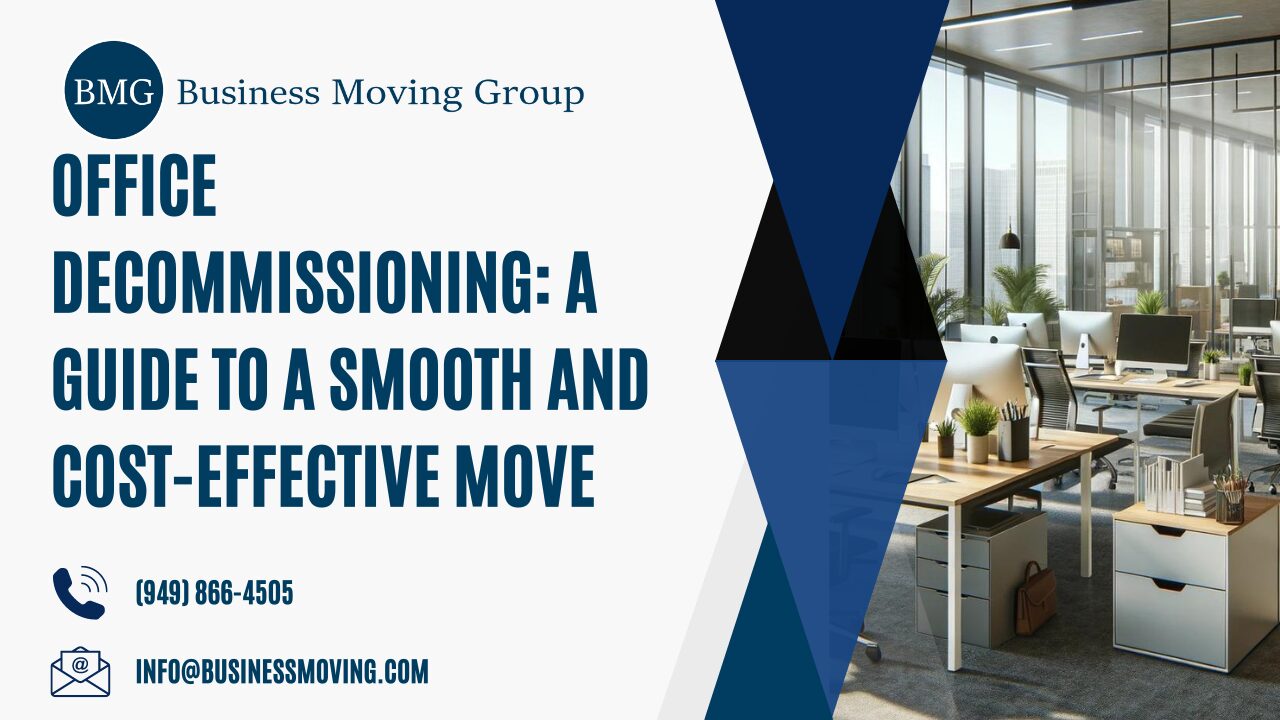Essential Guide to Office Decommissioning: Avoid Costs and Maximize Value
In today’s fast-moving business world, companies often find themselves relocating, downsizing, or upgrading office spaces. One critical but often overlooked part of this process is office decommissioning. Done correctly, it can save thousands in penalties and disposal fees. Done poorly, it can lead to lost deposits, legal issues, and unnecessary expenses.
What Is Office Decommissioning?
Office decommissioning refers to the process of restoring a commercial space to its original condition as outlined in your lease. This often includes removing all furniture, signage, cabling, and equipment—sometimes called “broom clean” condition.
But decommissioning is more than cleaning. It’s about asset recovery, environmental compliance, and risk mitigation.
Step 1: Understand Your Lease Agreement
Every lease outlines end-of-term conditions. Failing to meet these can result in:
-
Loss of your security deposit
-
Additional fees for restoration
-
Legal disputes with the landlord
Pay close attention to the office decommissioning clause and any references to IT cabling, wall repairs, and hazardous waste disposal.
Step 2: Create an Asset Management Plan
Before removing anything, take stock of what you own. A complete inventory list helps you:
-
Identify what to keep, donate, or recycle
-
Estimate disposal and storage costs
-
Maximize resale or donation value
Step 3: Partner With a Commercial Moving Expert
Handling decommissioning internally may seem like a way to cut costs, but it can result in expensive mistakes. Partnering with an experienced provider like Business Moving Group gives you:
-
Professional removal of furniture and IT assets
-
Secure and sustainable e-waste disposal
-
Lease compliance without disruption to operations
Pro tip: Ask if the mover provides a formal “Decommissioning Certification” for your landlord.
Step 4: Responsible Disposal and Sustainability
Sustainability is no longer optional—it’s expected. Here’s how to manage disposal properly:
-
Donate office furniture to local non-profits
-
Recycle electronics via certified e-waste channels
-
Sell or repurpose high-quality equipment through liquidation partners
These actions may even qualify your business for tax deductions.
Step 5: IT Asset Disposition (ITAD)
ITAD is a vital part of any decommissioning process:
-
Wipe all data from devices
-
Ensure hardware disposal complies with HIPAA, GDPR, or state-specific laws
-
Use certified ITAD vendors to avoid liability
Glossary: Key Decommissioning Terms
-
Decommissioning: Preparing an office space for return to the landlord per lease requirements
-
E-waste: Discarded electronics that require proper handling
-
ITAD: IT Asset Disposition, the secure disposal of technology
-
Soft costs: Indirect costs due to downtime, delays, or staff redirection
Success Tip: Schedule Your Move in Phases
Avoid business disruption by phasing your decommissioning. This approach:
-
Keeps operations running during the process
-
Ensures timely lease compliance
-
Reduces stress on staff and IT teams
Final Considerations
Office decommissioning is a legal, financial, and logistical task. Planning ahead and working with experienced partners will reduce stress, keep your business compliant, and support your sustainability goals.
Ready to Simplify Your Business Move?
Contact Business Moving Group today for a free consultation!
Visit us at Business Moving Group for helpful resources and to learn more about our services.

